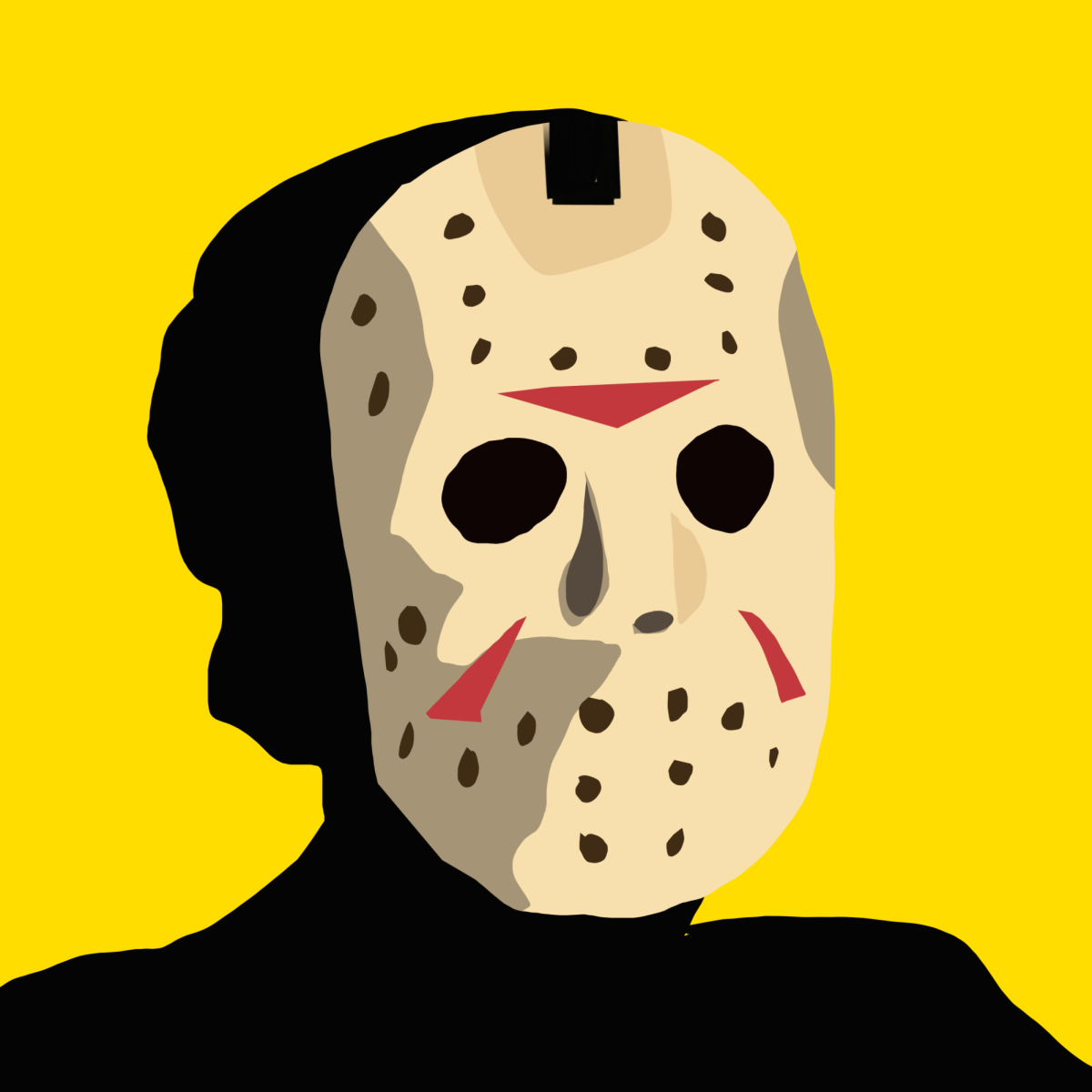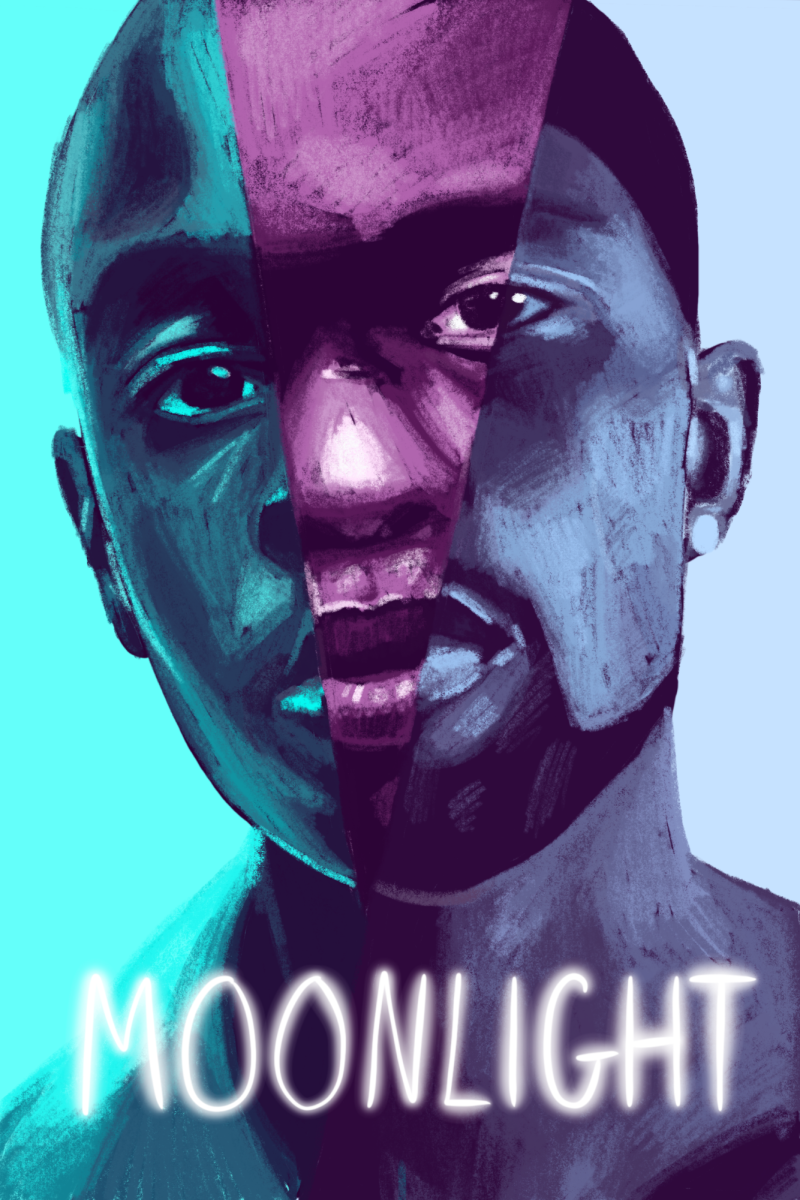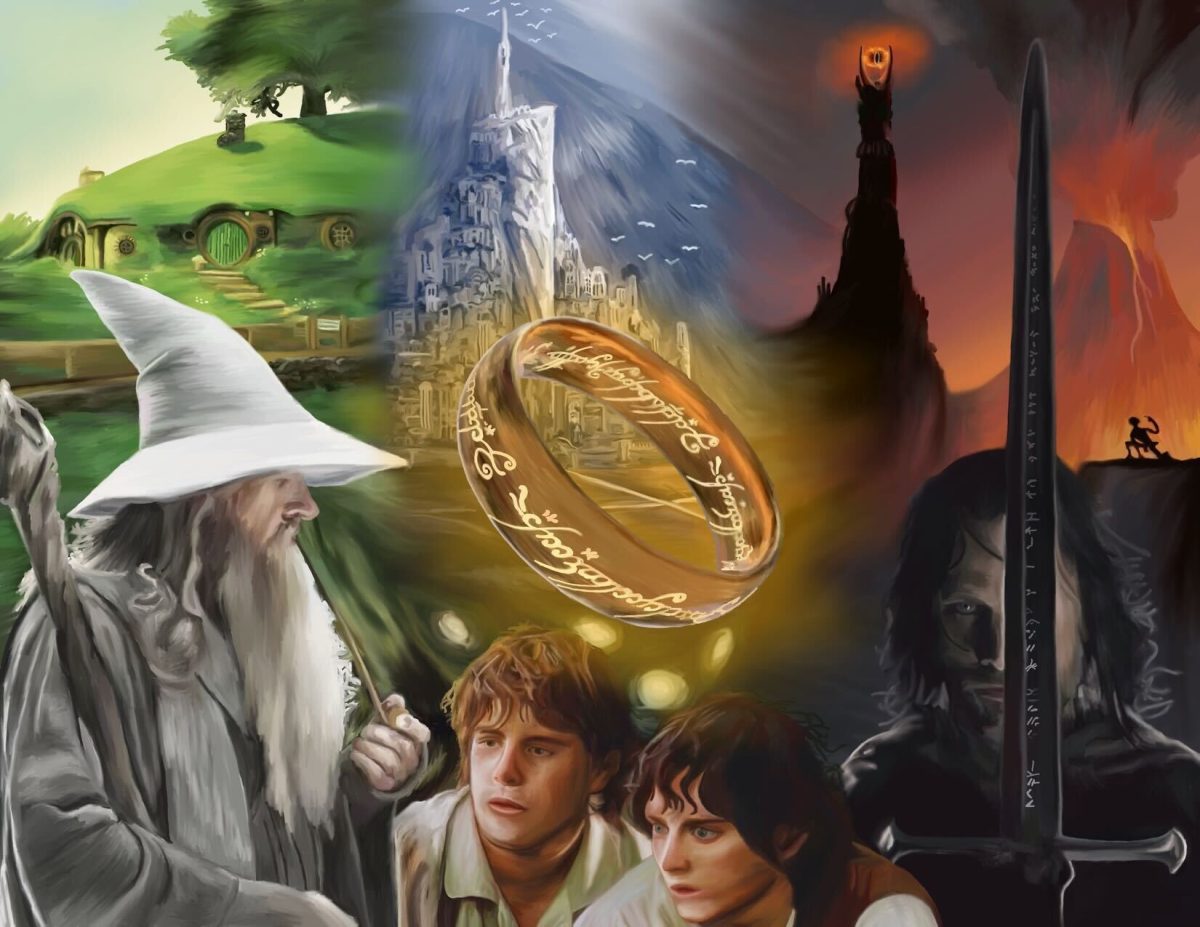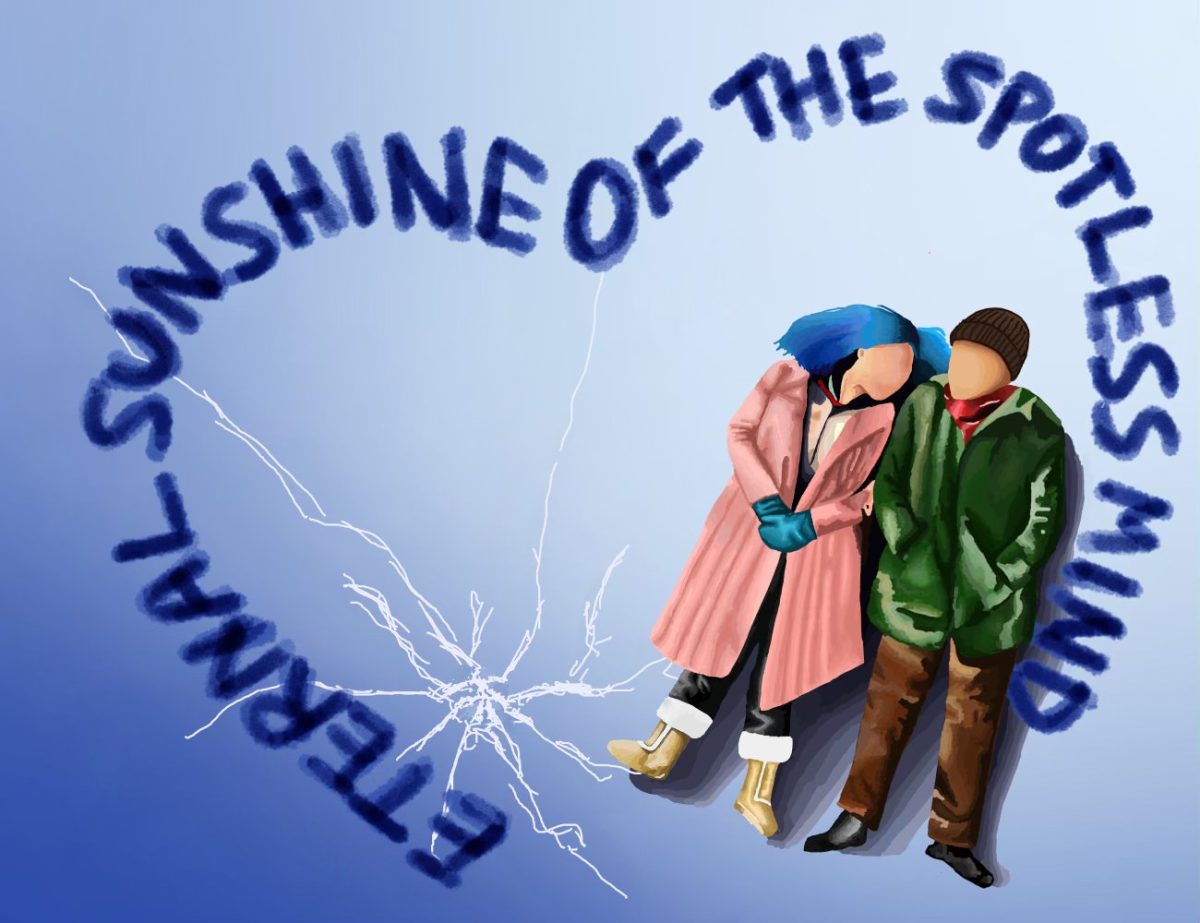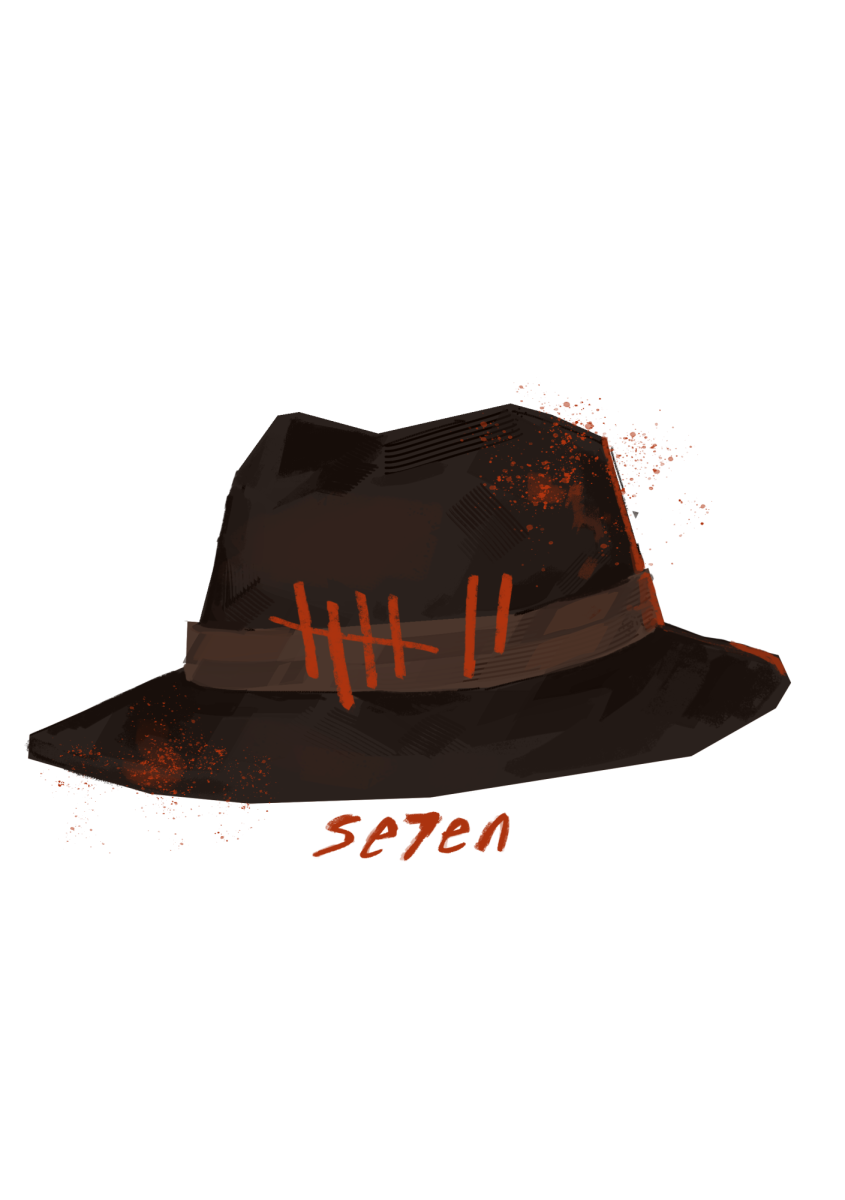This article is part of the “Retro Review” series. Each month, four films — united by a singular theme — are assessed. The theme for October 2023 is “slasher.”
The history of Friday the 13th is rich and a bit deeper than some might expect. The number 13, in general, is seen as an unlucky number in Western culture. This idea has persisted for centuries — while the number 12 has been associated with completeness, 13 has been left to be the harbinger of bad luck. There’s even a term for fear of the number 13: triskaidekaphobia.
Friday’s ties to misfortune are a bit murkier than the number 13, but some suggest it stems from Christianity. It’s said to be the day that Eve gave Adam the infamous apple, as well as the day of the week that Jesus was crucified.
Throughout history, the number 13 has built up its reputation as a cursed number and eventually turned into a pop culture staple tied to Friday. One of the main feeders into this craze was the 1980 release of Sean S. Cunningham’s “Friday the 13th,” known for its infamous villain, Jason, and slashing goriness.
With all that centuries-old, rich history, this film that spawned infinite sequels must be a crowning, genre-defining achievement, right?
Incorrect. It’s bad. It’s that simple, everyone.
Viewers suffering from triskaidekaphobia can rejoice, as it’s not very scary either. There’s still a lot to unpack and it’s not the worst watch of all time, but it had so much potential with all this history behind it!
The film is centered around a rural summer camp called Crystal Lake, also known by town residents as “Camp Blood” (the counselors, of course, think very little of this). Steve Christy (Peter Brouwer) decides to reopen the camp and brings along a group of counselors to help rebuild the broken-down grounds — plagued with a dark, bloody and mysterious history.
The opening scene, like “Scream” (1996), is full of characters that aren’t seen for the rest of the film. Unlike that film, though, this one is devoid of rising tension and suspense; it’s just a bit drab. However, it does introduce the setting and plot well, as the summer camp is in full gear many years before the plot of the movie, but is turned upside down when two campers are murdered. One thing that holds the opening scene and many parts of the film back is the killer’s silence — something that continues beyond these initial few minutes.
The killer in “Friday the 13th” may have been silent because the filmmakers didn’t want to give away their identity or to add to the spook-o-meter, but neither of those decisions elevated the antagonist to a threatening figure. That may be due to the lack of character build-up that this film has because, as a viewer, none of these scenes are anxiety-inducing or make one worrisome for the characters’ well-being. Another piece that didn’t help this scene — or the rest of the film, unfortunately — was Victor Miller’s script.
It’s just pathetic. Some films that have poor writing can still be enjoyed for simply being unnatural and superficial; this is not one of them. There isn’t a single character that is written well, causing the viewer to easily lose interest. After all, one is unlikely to care much for a character who keeps delivering cliche, cringeworthy utterances. The acting wasn’t great, but little blame can be placed on the actors — Miller’s atrocious lines practically set them up for failure.
That said, one actor (almost) single-handedly saved the entire film with a single moment. That actor is Kevin Bacon. Around the 25-minute mark in the film, when the counselors are relaxing in the lake after camp preparations, Ned (Mark Nelson) acts as if he’s drowning. Immediately, two of the counselors, Brenda (Laurie Bartram) and Jack (Bacon) leap up and run across the dock to save him. Bacon’s character then unleashes one of the most horrific dives into a body of water that has ever been recorded on camera.
Sensational. All the poor qualities of the film that had been shining through disappeared for that one second.
Though it did not save the film, it is one of a few moments deserving of praise.
Another is its use of point-of-view shots. Showing the audience the killer’s perspective isn’t radical to the genre, even for the time, but a round of applause is due; it’s admirable that the film even took a stab at it. It wasn’t perfectly used, but the film did a great job at teasing the actual look of the killer as they looked down at their legs or shoes; it gives away very little while building some suspense, which helped give that final act a little oomph.
The ending was enjoyable, at least. Alice (Adrienne King), the film’s lone survivor, finally kills the antagonist and lethal murderer of the film. Nope, not Jason, close though — Jason’s mom. Mrs. Voorhees (Betsy Palmer) seeks revenge in the film for the death of her young son (Ari Lehman), which is completely unexpected with Jason being the main cultural icon from the franchise.
As Alice lays in a boat and the cops spot her, hopeful music swells and viewers’ hearts begin to lift — until a zombified Jason emerges from the water, dragging Alice down with him. Fantastic. It is one of the best setups for a string of sequels in film history and spurred multiple questions for viewers: “Was Jason just in Alice’s dream?” and “Is he alive and preparing to hunt every counselor alive down?”
The bright spots amounted to very little, however, culminating in a film that does not live up to its layered backstory and roots in early Christian superstitions. With many people probably looking to dive into a horror film on this superstitious and eerie day — it’s the 13th, a Friday and the spookiest month of the year — they should look elsewhere, as it’s best to not indulge in the namesake that is “Friday the 13th.”


